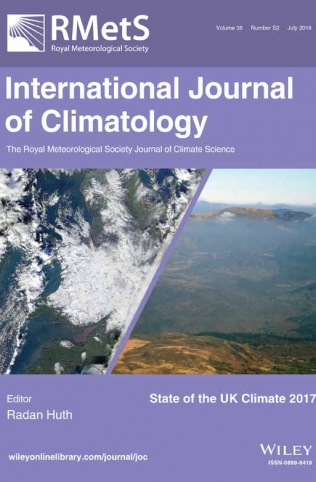
Analysis of variation of rainfall in space, time and amounts, and its attendant effect on the ecosystem is vital in arid and semi-arid environments where the resource is scare, highly variable and unpredictable. In this study, we analyse the characteristics of rainfall in the Sultanate of Oman using data recorded between 1977 and 2003. The data is divided into six geomorphic compartments to represent the various topographic regions in Oman. The average yearly rainfall varies from a low of 76.9 mm in the interior region to a high of 181.9 mm in the Dhofar Mountains, with an average of 117.4 mm for the whole country. Mann–Kendall statistics show a negative but insignificant rainfall trends for the datasets. In northern Oman, the main rainfall season occurs between December and April and that accounts for 57.8–82.9% of the annual rainfall. February and March record the highest rainfall accounting for 35.3 to 42% of the yearly rainfall. The Dhofar Mountains and surrounding areas in southern Oman are dominated by the khareef season in July–August, which produces 44.3 to 67.5% of the rainfall in that area. The number of days of light rainfall (<10 mm per day) is the most dominant and accounts for 66–95% of the rain. Rain in excess of 50 mm per day is rare in Oman (0.4 and 2.9%), but when it does occur can result in serious consequences such as flash flooding, human catastrophes and land degradation. Rainfall records indicate that Muscat and surrounding areas are susceptible to tropical cyclones and catastrophic rainfall (>100 mm rainfall per day) approximately every 50 years. Copyright 2008 Royal Meteorological Society.
...
Analysis of a 27-year rainfall data (1977–2003) in the Sultanate ...